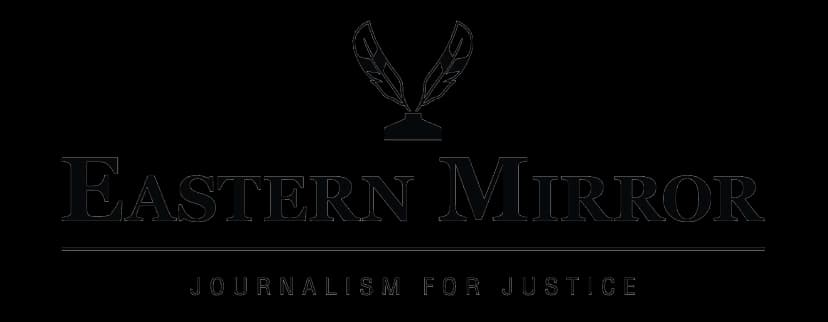SATURDAY, JULY 19, 2025
- Home
- Insecurity
Insecurity
Published on Nov 28, 2017
Share
Nagaland of late is witness to the mushrooming of many organisations that are determined to rid the state of persons from outside the state who have entered illegally. Along with the outer well painted cause many of these organisation’s second objective, if not the bigger one, is to take the control of the economy from the non-Nagas in the long run. In Mokokchung district such a movement called Survival Mokokchung led by the apex tribal students organisation the Ao Kaketshir Mungdang was successful in flushing out traders without proper documents of citizenship. The outcome was that the locals got the opportunity to do business as traders. The demands of similar organisations especially in Dimapur include stricter monitoring of migrants’ documents of citizenship, better scrutiny while issuing documents of residence to migrants and even extension of inner line permit to the plain areas of Dimapur.
The concerns are genuine and a better mechanism to check the migrants will benefit all but a conclusive approach to tackle it is yet to be achieved. The most impractical will be the extension of the inner line permit. It is a good time to take a look at the Bengal Eastern Frontier Regulations, 1873 in retrospect and ask why the British needed such demarcation in the first place. It was never meant to protect the interests of the tribals but to protect the interests of the British. It was impossible for persons from other areas to settle and trade inside the inner line. The current inner line permit system in Nagaland is actually a failure because traders can still settle in the hill districts and conduct their business. While the major disadvantage is that those tourists who just want to visit are made to go through the tedious process in getting the permit.
There are also many non Nagas in Dimapur who are indigenous inhabitants. Some of them are the original settlers of Dimapur. Targeting them is just unfortunate and will become a threat to the plurality of Dimapur that has survived for so long. With an inner line permit system, which is actually failing one, it will instead become a tool for discrimination against the minorities. It will be a regressive move that will eventually crumble the economy of Dimapur. In trade and commerce locations do not normally get a second chance that easily because there is always an alternative. For example, in the nineties the coming of armed cadres of the Naga political groups leading to increase in extortion resulted in the development of neighbouring Lahorijan and Khat Khati areas in Assam. Most of the industries are still located there. It also in one way fuelled the growth of Jorhat from a small town to that of a city because till the nineties Dimapur with a railhead was the major market for essential commodities that went up to upper Assam.
Unfortunately, it seems most of these movements have been fuelled by blind emotions based on various incidences of crime and offences committed by non Nagas that occurred in the state. A clear and a logical approach is still missing. Either the present youth leaders do not know history or they are being driven by unseen hands of their elders. In Nagaland those between the age groups of 18-45 who are considered as youth in the Naga parlance forms more than 50% of the total population. The next upper age cohort especially those above 50 years are the seniors and the guiding force in the Naga society at present. A majority of them are either senior government officials or government pensioners. It seems the hangover of the years when government servants had nothing else to worry except for their salaries and everything was paid for still continues. The change in the demographics is just too much to handle for these lot and the feeling of insecurity has set in. It is so ubiquitous in all the decisions of the various organisations in Nagaland. Over the years, the new settlers in Dimapur coming from the other districts have also brought along their parochial tribal views from their districts of origin. It is time for the youth start to lead instead of being just led around by opinionated insecure old guards who haven’t seen much beyond the hills. They had their best, now it is time to take control.

